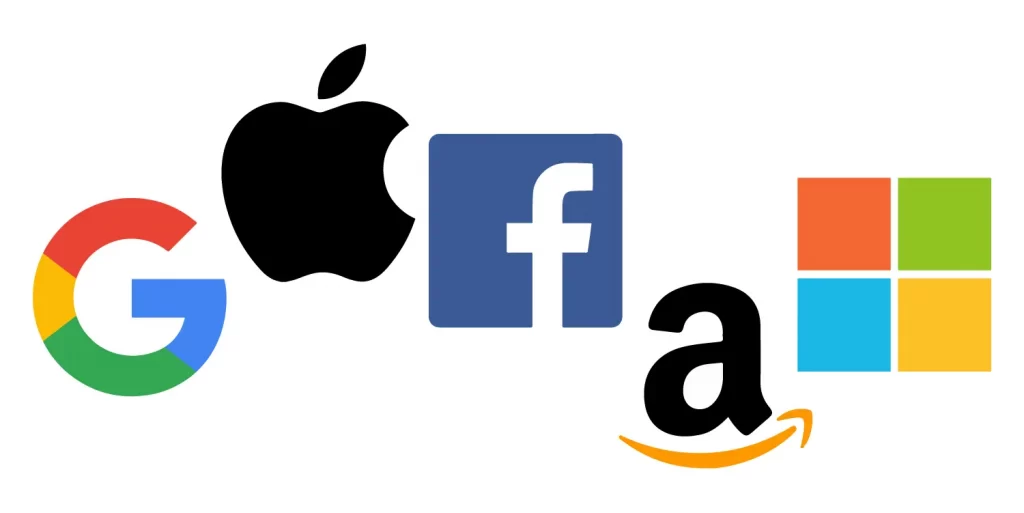Title: Setting up a MERN Stack Frontend with AWS AppSync Backend: A Step-by-Step Guide
Introduction:
Building a web application using the MERN (MongoDB, Express.js, React, Node.js) stack is a powerful choice. When combined with AWS AppSync for the backend, you have a robust and scalable solution. In this easy-to-understand, copyright-free guide, we’ll walk you through the process of setting up a MERN stack frontend with an AWS AppSync backend.

Chapter 1: Understanding the MERN Stack and AWS AppSync
- MERN Stack Overview Learn about the components of the MERN stack: MongoDB (database), Express.js (backend framework), React (frontend library), and Node.js (backend runtime).
- Introduction to AWS AppSync Understand how AWS AppSync simplifies backend development with GraphQL.
Chapter 2: Prerequisites
- Set Up AWS Account Sign up for an AWS account or log in if you already have one.
- Install Node.js and npm Ensure you have Node.js and npm (Node Package Manager) installed on your machine.
Chapter 3: Backend Setup with AWS AppSync
- Create an AppSync API Use the AWS Management Console to create a new API in AppSync.
- Define a GraphQL Schema Define the data structure for your application using GraphQL schema definitions.
- Data Sources and Resolvers Configure data sources like AWS DynamoDB and connect them to resolvers.
Chapter 4: Frontend Setup with React
- Create a React App Use Create React App or set up a new React project.
- Install AWS Amplify Install the AWS Amplify library to interact with AWS services in your React app.
- Configure Amplify Configure Amplify with your AWS account credentials and API endpoint.
Chapter 5: Connecting Frontend and Backend
- GraphQL Queries and Mutations Write GraphQL queries and mutations to interact with your AWS AppSync API.
- Authentication and Authorization Implement user authentication and authorization using AWS Cognito or another authentication method.
Chapter 6: Building Components
- UI Components Create React components to display data fetched from the backend.
- Forms and User Input Build forms and capture user input for creating or updating data.
Chapter 7: Testing and Debugging
- Testing Your Application Test your application for functionality, responsiveness, and cross-browser compatibility.
- Debugging Debug any issues using browser developer tools and AWS AppSync logs.
Chapter 8: Deployment
- Frontend Deployment Deploy your React app to hosting platforms like AWS Amplify, Netlify, or Vercel.
- Backend Deployment Deploy your backend using AWS AppSync’s built-in deployment tools.
Chapter 9: Scaling and Optimization
- Scaling Considerations Explore options for scaling your AWS AppSync backend to handle increased traffic.
- Performance Optimization Optimize your frontend and backend for improved performance and user experience.
Chapter 10: Maintenance and Updates
- Regular Maintenance Implement regular maintenance routines, such as security updates and database backups.
- Application Updates Continuously update and improve your application based on user feedback and changing requirements.
Conclusion:
Setting up a MERN stack frontend with an AWS AppSync backend is a powerful combination for building modern web applications. By following this step-by-step guide, you can create a scalable and feature-rich application that leverages the strengths of both technologies. Keep learning, experimenting, and refining your skills to unlock the full potential of this powerful tech stack. Good luck with your MERN and AWS AppSync project!
